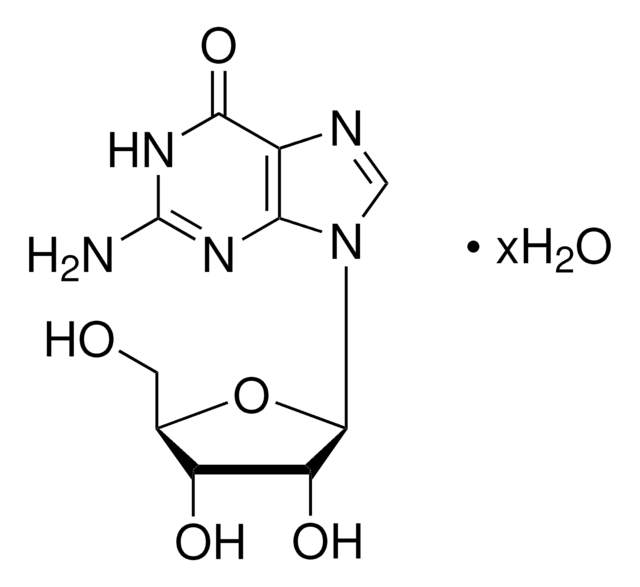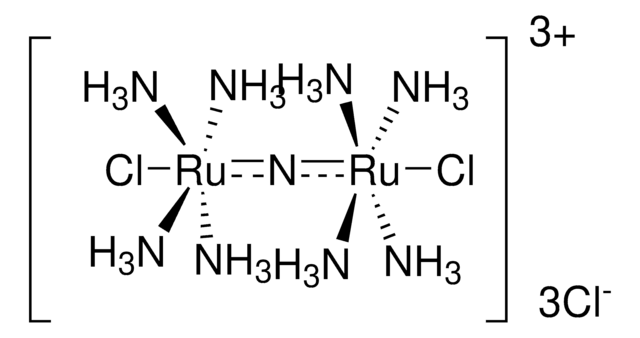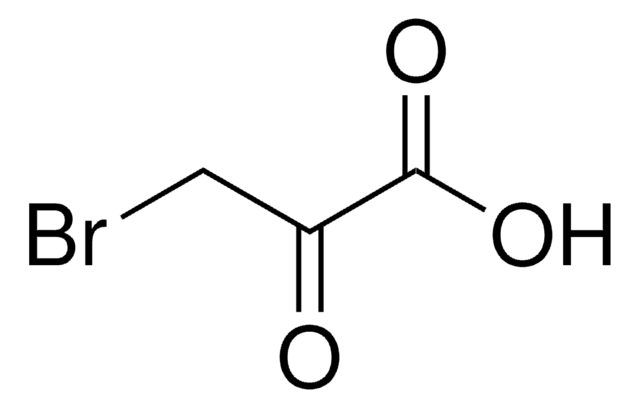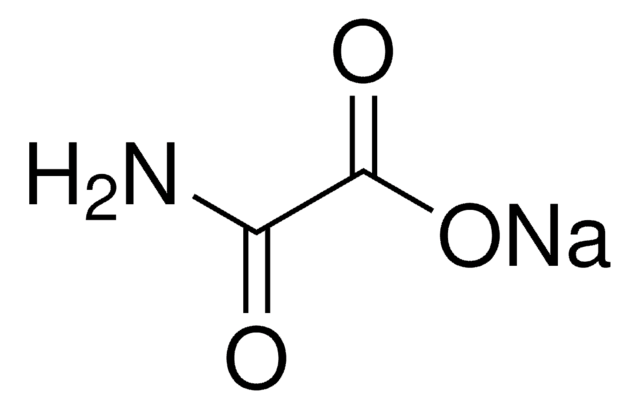L4900
Lonidamine
mitochondrial hexokinase inhibitor
Synonym(s):
1-(2,4-Dichlorobenzyl)-1H-indazole-3-carboxylic acid, Diclondazolic acid
About This Item
Recommended Products
Quality Level
Assay
≥98% (TLC)
form
powder
solubility
chloroform: methanol (1:1): 9.80-10.20 mg/mL, clear, colorless to light yellow
SMILES string
OC(=O)c1nn(Cc2ccc(Cl)cc2Cl)c3ccccc13
InChI
1S/C15H10Cl2N2O2/c16-10-6-5-9(12(17)7-10)8-19-13-4-2-1-3-11(13)14(18-19)15(20)21/h1-7H,8H2,(H,20,21)
InChI key
WDRYRZXSPDWGEB-UHFFFAOYSA-N
Application
- as an inhibitor of glycolysis to study its effects on the epithelial-mesenchymal transition (EMT) mechanism in cancer stem cells (CSC)
- as mitochondrial permeability transition (MPT)- inducing drug to study its effects on temozolomide-resistant glioblastoma cell line
- as mitochondrial hexokinase inhibitor to measure reactive oxygen species (ROS) in human acute myeloid leukemia cells
Biochem/physiol Actions
Signal Word
Danger
Hazard Statements
Precautionary Statements
Hazard Classifications
Acute Tox. 4 Oral - Carc. 2 - Repr. 1B
Storage Class Code
6.1C - Combustible acute toxic Cat.3 / toxic compounds or compounds which causing chronic effects
WGK
WGK 3
Flash Point(F)
Not applicable
Flash Point(C)
Not applicable
Personal Protective Equipment
Choose from one of the most recent versions:
Already Own This Product?
Find documentation for the products that you have recently purchased in the Document Library.
Customers Also Viewed
Articles
We presents an article about the Warburg effect, and how it is the enhanced conversion of glucose to lactate observed in tumor cells, even in the presence of normal levels of oxygen. Otto Heinrich Warburg demonstrated in 1924 that cancer cells show an increased dependence on glycolysis to meet their energy needs, regardless of whether they were well-oxygenated or not.
Our team of scientists has experience in all areas of research including Life Science, Material Science, Chemical Synthesis, Chromatography, Analytical and many others.
Contact Technical Service













